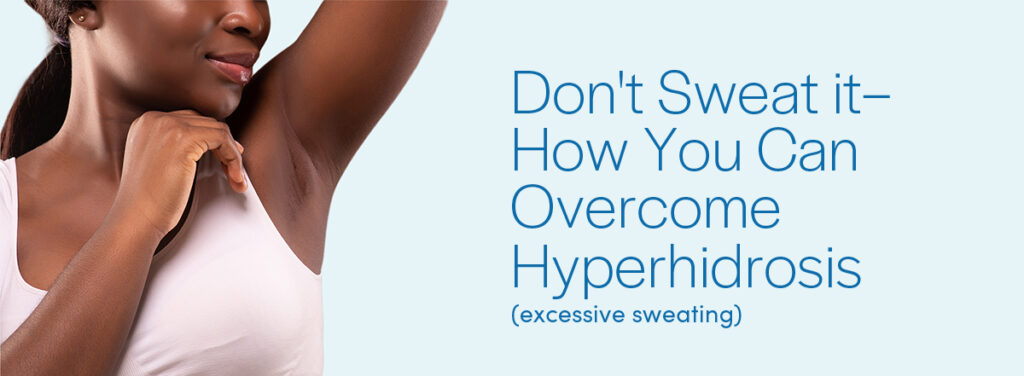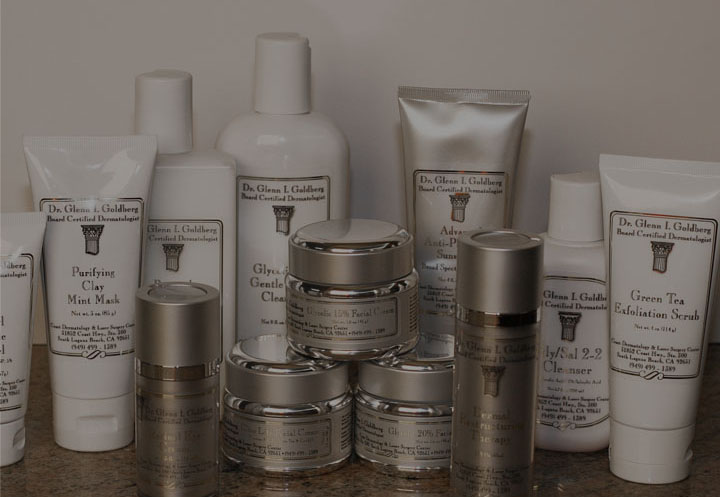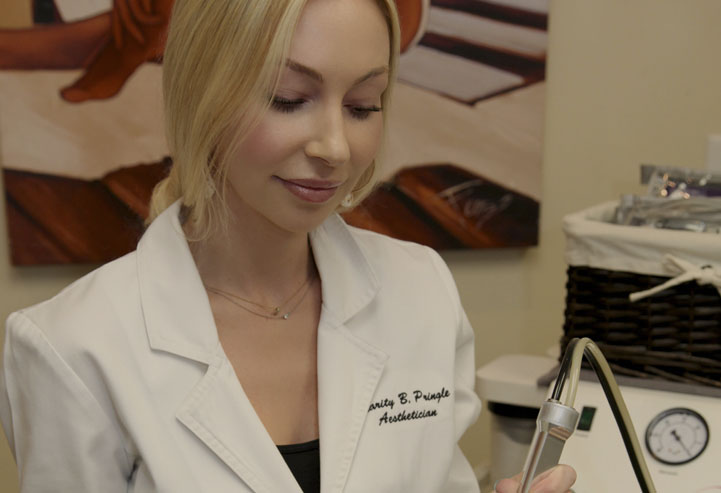Don’t Sweat it! How You Can Overcome Hyperhidrosis

Sweating is part of being human. Whether it’s your body’s response to hot temperatures, vigorous physical activity, or nerves, sweating serves a physiological purpose. It helps regulate your body temperature in hot conditions, keeps skin hydrated, and maintains your electrolyte/fluid balance. When you start sweating in response to stressful situations, it’s because your stress levels cause a rise in body temperature, leading to the activation of the sweat glands.
However, sometimes sweating occurs out of proportion to the stimuli. When you routinely soak your clothes in sweat when you aren’t hot, exercising, or stressed, it could be a sign of hyperhidrosis.
What is hyperhidrosis?
Excessive sweating falls into two categories: primary hyperhidrosis and secondary hyperhidrosis.
Primary hyperhidrosis is excessive sweating that has no identifiable medical reason and when there are no contributing environmental factors.
Secondary hyperhidrosis is excessive sweating that is a symptom of an underlying medical issue. For example, people experiencing menopausal hot flashes will begin to sweat heavily even if the external temperature is relatively cool. Medical disorders that can cause secondary hyperhidrosis include:
- Cancer
- Diabetes
- Disorders of the central nervous system
- Heart attack
- Infection
- Low blood sugar
It’s critically important to undergo a screening for the above conditions if you are experiencing heavier-than-normal sweating. Addressing the contributing medical condition will likely resolve the sweating.
What are the symptoms of hyperhidrosis?
While hyperhidrosis is the clinical term for excessive sweating, what one person considers excessive might not be bothersome or even noticeable in another. Essentially, if sweating has caused you emotional discomfort or even to avoid social situations, you might be suffering from hyperhidrosis.
Excessive sweating caused by hyperhidrosis typically occurs on the face, armpits, palms of the hands, and the soles of the feet.
Who is affected by hyperhidrosis?
Hyperhidrosis occurs in approximately 5% of the population. It is believed to have a genetic component, as the condition commonly occurs in families. Hyperhidrosis typically affects younger people between the ages of 18 and 40.
If underlying medical conditions have been ruled out and primary hyperhidrosis has been established, there are several treatment options you can explore.
How can a dermatologist treat hyperhidrosis?
It is extremely important to undergo a comprehensive evaluation to ensure no unaddressed medical issues are causing your excessive perspiration. Once it has been established that there is no medical cause, you can choose from a menu of treatment options.
Your treatment options can vary depending upon the severity of the condition, as well as the location of the sweat (armpits, hands, feet, or face). While there are surgical interventions that might be appropriate in certain severe cases (sweat gland removal, for example), most people respond well to non-invasive or minimally invasive solutions. These include:
- Topical prescription-strength antiperspirants. In mild-to-moderate cases, prescription antiperspirants with aluminum chloride might be recommended. This option is a relatively cost-effective solution for people whose perspiration occurs in their armpits or feet.
- Oral medications. Certain medications can successfully address hyperhidrosis, such as prescription antidepressants and nerve-blocking medications.
- Botox. Targeted Botox (botulinum toxin) injections can effectively inhibit the nerve signals that cause sweat glands to activate. This treatment can last up to one year, and it is FDA -approved for underarm sweating.
- Iontophoresis. This treatment uses an electrical current to temporarily paralyze your sweat glands; it is especially effective for people who sweat heavily from the hands and feet.
- MiraDry. MiraDry is a non-invasive treatment that permanently destroys your sweat glands. If you struggle with severe underarm perspiration, you might opt for this in-office treatment that eliminates the sweat glands using applications of thermal energy. This intervention can reduce perspiration (and odor) by more than 80% in 12 months.
The optimal treatment for your hyperhidrosis will depend upon the severity of the condition and the location of the aggressive perspiration. At West Dermatology, our board-certified dermatologists will help you determine the best course of treatment for your individual needs.
If you are ready to seek treatment for excessive perspiration, please don’t hesitate to schedule an appointment at the practice near you.





